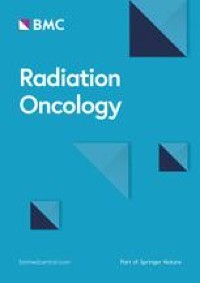Objectives
This study aimed to determine the clinical characteristics of benign paroxysmal positional vertigo (BPPV) in young children.
Study Design
Retrospective case review.
Methods
All children <10 years old that have been diagnosed with BPPV at our pediatric vestibular program between December 2012–July 2021 were selected. Clinical features were identified by medical record review, including demographics, comorbidities, canal involvement, response to treatment, and incidence of recurrence.
Results
A total of 34 children were diagnosed with BPPV with a mean age of 7.9 years old (SD ± 1/7; range 5–9) at the time of diagnosis and a male:female ratio of 1:1. Involved semicircular canals included posterior in 82% (n = 28), horizontal in 41% (n = 14), and superior in 24% (n = 8) of patients, respectively. Comorbid diagnoses included migraine (n = 14), concussion (n = 10), acute vestibular syndrome (n = 4), and persistent postural perceptual dizziness (n = 6). Recurrence with initially confirmed resolution occurred in 10 patients (29%) with a mean of 2.5 recurrences per patient (SD: 2.2; range 1–8). A family history of vertigo or migraine was identified in 11 and 17 patients, respectively.
Conclusions
BPPV is a cause of vertigo in children that may be overlooked. A relatively high proportion of patients demonstrated horizontal or superior canal involvement, recurrence, and additional comorbid causes of dizziness. Thus, providers evaluating young children with dizziness should perform diagnostic maneuvers to evaluate BPPV of all semicircular canals and continue to monitor children after successful treatment for recurrence.
Level of Evidence
4, Case Series Laryngoscope, 2022





